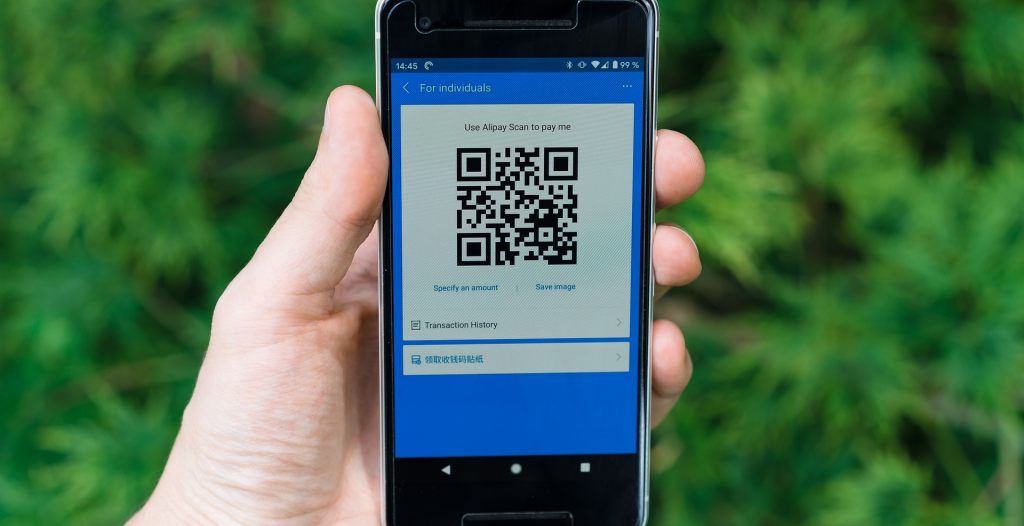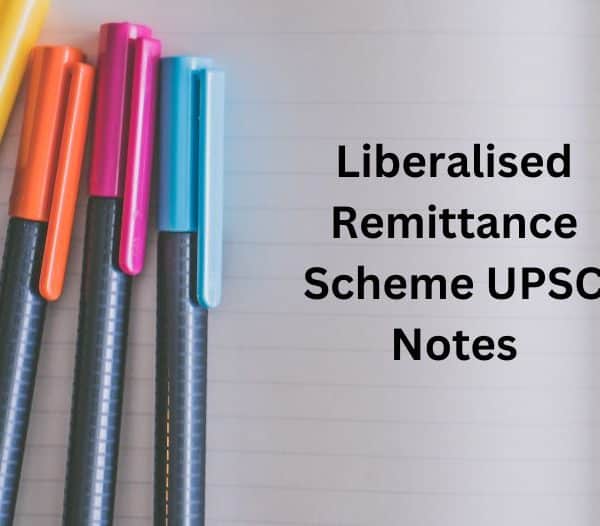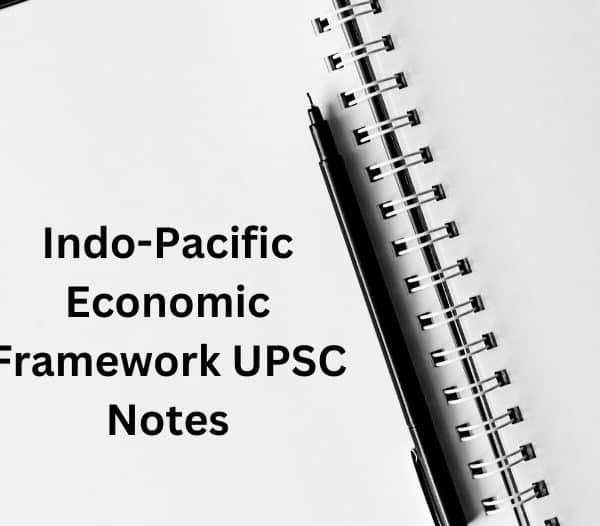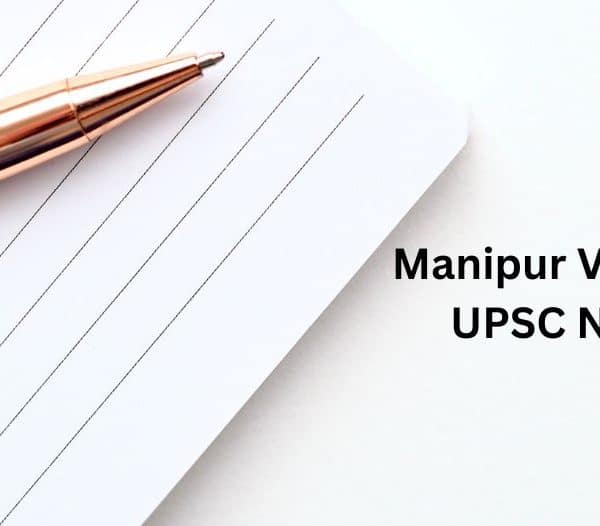On 8th November 2016, India underwent the process of demonetization. The 500 and 1000 notes were declared banned. A new set of notes were then pushed out but after a long while. In the gap between the note ban and the arrival of new notes, one payment method started to shine. E-wallets and cashless transactions were now spreading.
United Payments Interface or UPI was launched. This connected bank accounts to your mobile number and enabled users to have a bank to bank transfers at the tip of their fingers. It was launched in 2016 by the National Payments Corporation of India and is also recognized as a mode of payment by RBI.
What is a Cashless Economy?
You must wonder what a cashless economy is? An economy in which transactions of cash are less and transactions mainly take place on credit cards, debit cards, e-wallets, or any digital payments.
This is a much cheaper method and will also help control excess inflation caused by the overprinting of money for circulation in the economy. It will also help in the rapid development of Digital India which is a program launched by the government of India in 2015.
Is India Ready for a Cashless Economy?
A very big question lies in front of everyone. Is India ready for a cashless economy? The answer is relative to most people. Some believe that India is ready for it and some believe that India is not.
The Government of India has a strong belief in the fact that India can transform itself. Since most people are connected with a smartphone in India, it is very usable and will help India move towards a paperless society. The government also announced a few incentives for cashless transactions to promote it.
Merits and Demerits of Cashless Economy
A paperless economy has its own merits and demerits.
The benefits of a cashless economy are
- Reduction in cost: the cost of printing and circulating money into the economy is cut down
- More transparency: since most e-wallets and digital payments require KYC, and this helps the RBI to track transactions.
- Convenience: e-transactions are convenient for both banks and customers. This kind of transactions can take place in any corner of the world, 24*7*365
- Offers: Lots of e-wallets give exciting offers like cash backs on transactions. Cashback is an offer where people get back a certain amount on their transactions
- Rapid development: Due to the high demand for digital needs, India has seen rapid development in many parts of the country.
- Control on black money: digital transactions have proven to cut down the black money problem in India due to higher transparency in transactions
The Demerits of Cashless Economy
- Not enough reach: The digital India platform has not reached a lot of parts in rural India. Many villages are yet to have the rapid development seen in the digital infrastructure.
- Lack of digitalization: Not everyone in India has a smartphone, around 14 people out of 100 in India lack a smartphone
- Cyberattack: Due to digitalization, the chance of hacking and cyber attacks on your phone is very high.
- Bad servers: Many UPI users have trouble in transactions due to bad servers very often. This can put people in big problems at times
Also Read : What is the Minimum Age to be the Governor of a State? Things You Should Know for UPSC Exam
Curbing of Black Money
India has a very big and well-known issue of corruption and black money. Reports claim that India has more than 1 trillion dollars of black money in Swiss replica watch banks alone. Most sources of black money are by evading tax on income and property. India has tried many ways to avoid black money but none have proven to work.
It is highly believed that a cashless economy can help control the black money issues in India as these transactions can be recorded and monitored by the RBI. This will also in turn help widen the tax base as people try to avoid paying taxes.
You are required to connect your pan card through KYC for e-wallet transactions thus tying you up with the government control.
Offers
Many e-wallets like Paytm, Amazon Pay and etc. Give the users exciting offers like cashback,
Cashback is an offer where users get a certain amount from the total transaction or as per the terms and conditions.
There is generally a maximum amount which a person can get through cashback on purchases but in recent times companies have also allowed cashback on money transfer from bank to bank or through UPI.
The amount received on cash backs is not the same throughout companies. Some offer higher chances of getting cashback while some give higher amounts. Most new users get assured cashback on their first transactions.
Companies also give a certain amount to referrals. For example, if you invite a friend to use their app, you will be rewarded as well as your friend on their first transaction. So, a win-win situation!
Know Your Customer
Know Your Customer, also called KYC, is a process where the customer verifies his or her identity with the bank through official government identity cards before they get into business or contract with you.
RBI has made KYC compulsory to avail maximum benefits of E-wallets, without KYC a customer cannot use the complete ability of the wallet.
It is compulsory for banks to comply with Know Your Customer norms and also make sure that they do not hassle customers for the same.
In recent times, E-Know Your Customer has become the need of the hour. You can get a minimum Know Your Customer done by just adding your PAN card details into various websites and they will be verified later through their own system of checking.
It is recommended that you go through the Know Your Customer policies of each website before entering details and also be aware of fraudulent websites or unauthorized websites. Make sure that the bank or wallet is complying with RBI and its norms.
Digital India
Digital India is a campaign launched by the Government of India to help the rapid development of digital infrastructure in India especially in the rural parts of the country. It was launched in 2015 to convert India into a digitally empowered society and a knowledge economy.
Under this campaign, a program called cashless India was launched which is looking to convert India into a cashless economy. It ties various payment methods with the government, trying to make it official and a well-built system.
They are conducting programs to spread awareness and on the importance and the need for digitization of payments in India. Most of these programs are for the rural parts of India, which are underdeveloped in digital infrastructure.
You can learn more about the program through the official website of Cashless India.
Conclusion
With a change in the world, there is a need for development in the economy of India. India has started to aim at a cashless economy. This does have its own benefits and demerits which are discussed in detail in the blog. The movement has a lot to offer to help customers and get customers enrolled in paperless transactions.
It has helped to control the black money in India and is giving the government more control over transaction records and helping to improve the tax base of the country.
Also Read : IAS Preparation Strategy for Beginners: Boost your UPSC Preparation Today







#DigitalIndia.
Was that a thing before Narendra Modi came up with it?
I’m amazed, I have to admit. Rarely do I come across a blog that’s equally educative and entertaining, and let me tell you, you’ve hit the nail on the head. The problem is an issue that too few men and women are speaking intelligently about. I’m very happy that I came across this in my search for something concerning this.